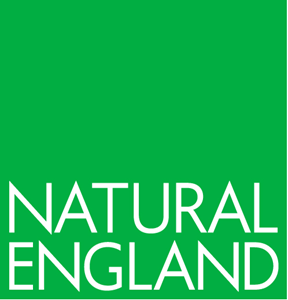Annex A: to interfere with badger setts
Updated 1 January 2025
Applies to England
Class licence CL30 Annex A: to interfere with badger setts for the purposes of investigating if an offence has been committed or gathering evidence.
Overview
The licence permits the interference with badger (Meles meles) setts where there is a need to investigate whether an offence has been committed or gathering evidence in connection with proceedings before any court.
Activities permitted: Interference with a badger sett by means of:
- disturbing a badger(s) when it is occupying a sett
- use of sound detection and camera equipment in a sett
- damaging a sett by digging to locate evidence or free an injured or trapped badger(s)
Purpose(s) for which these activities may be conducted: this licence can only be used for:
- investigating if an offence has been committed
- gathering evidence in connection with proceedings before any court
- science, education and conservation of badgers
Important
These activities are subject to the terms and conditions set out in the main licence in addition to the Annex licence conditions below.
Annex A: licence conditions
-
This licence only authorises Registered Persons, Authorised Persons and their Assistants to carry out the activities under the 1992 Act.
-
Any sett entrances which become blocked as a result of action taken under this licence must be unblocked and left unobstructed at the end of each day’s work.
-
Any inspection equipment inserted into the sett must be done in such a way so as not to damage the sett entrance or any tunnel or chamber.
- Any inspection equipment must be immediately retracted if the presence of badger(s) in the sett is confirmed.
Reporting requirements
- Registered Persons engaged in activity under the terms of this licence Annex must submit a report to Natural England as set out in Licence Conditions 8 to 10 including:
- when and where (OS 8-figure grid reference, for example ‘TX12378910’) the activity took place
- what activities were undertaken
- the names and contact details of any Authorised Persons and Assistants that were engaged in the activity
Additional information for Annex A
Definitions used in this licence
a. The 1992 Act defines a badger sett as “any structure or place which displays signs indicating current use by a badger”. Examples of signs that may indicate ‘current use’ include:
- entrances that are greater than 25cm in diameter with a flattened oval appearance
- entrances that are clear of debris and vegetation
- entrances with smoothed sides (due to the passage of badgers)
- large spoil heaps (sometimes fresh)
- outside entrances
- fresh bedding outside entrances
- fresh badger footprints in spoil heaps, and well trampled runs leading to and from entrances
See further guidance on interpretation of ‘current use’ of a badger sett.
See the relevant guidance on what constitutes ‘disturbance’ to badgers in their setts.
COVID-19
You should stay at least 2 metres from live, wild mammals to avoid passing COVID-19 to them. Only capture or handle live wild mammals if necessary and avoid going within 2 metres of known breeding sites or regularly used resting sites.
If you cannot follow these guidelines, then you should:
- minimise the time spent in close proximity and handling mammals
- limit the number of people that come into close proximity or handle mammals
- keep animals separate from other individuals as far as possible
Under this licence, you should follow good hygiene practices, including:
- wearing disposable gloves, or clean and disinfected non-disposable gloves
- wearing a face covering when handling and close to any mammal
- washing hands before and after being close to or handling mammals
Face coverings, non-disposable gloves and overalls or other clothing should be washed or disinfected between uses when handling mammals.
You should not carry out activities under this licence if you feel unwell, test positive for COVID-19 or live with someone who has, or might have COVID-19.
Any products used to clean and disinfect equipment should be safe to use should there be contact with animals and must be used at an effective and safe dilution rate. ‘Safe4’ is an appropriate disinfectant and is considered effective against the virus at a dilution of 1:50. Other products can be used to clean and disinfect equipment.

